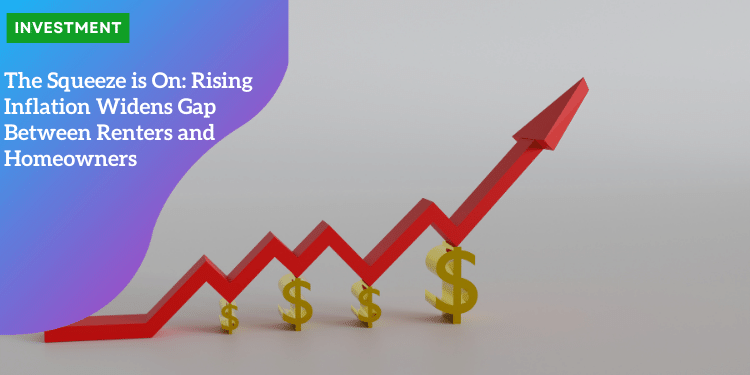The Squeeze is On: Rising Inflation Widens Gap Between Renters and Homeowners

A Nation Spending Less: A Sign of Economic Strain
The CBA Household Spending Index (HSI) for April reveals a 1% decline in household spending compared to March. This meager growth, at just 2.6% year-on-year, falls considerably short of inflation, currently sitting at a concerning 3.6%. This data suggests a nation grappling with rising costs, prompting a shift in consumer behavior towards increased financial prudence.
“The April HSI reflects a period of tightened consumer spending, following a temporary surge likely fueled by the early Easter holiday,” explains Stephen Halmarick, CBA’s Chief Economist. “The annual growth rate for household spending has dropped sharply, from 3.9% in March to 2.6% in April. This decline is primarily driven by a substantial 4.4% decrease in discretionary spending.”
Renters Bear the Brunt: Tightening Belts and Feeling the Pinch
For the first time, the HSI delves deeper, analyzing spending patterns based on homeownership status. The data reveals a troubling disparity – renters are shouldering the heaviest burden of rising costs. While spending among outright homeowners (those who own their property without a mortgage) has grown at a rate exceeding inflation, renters have been forced to make the most significant adjustments.
“The data concerning homeownership provides valuable insights,” says Halmarick. “Renters have seen the smallest increase in spending over the year, with a meager 1.3% growth. Conversely, those who own their homes outright are experiencing the strongest spending growth, at a rate of 6.3% annually.”
This disparity highlights the significant financial pressure renters face in the current economic climate. Rising rents coupled with inflation are squeezing household budgets, forcing many to cut back on non-essential expenses. Some renters may even be forced to consider downsizing their accommodations or relocating to more affordable areas.
Beyond Renters and Homeowners: A Multifaceted Issue
While the CBA report sheds light on the impact on renters and homeowners, it’s crucial to recognize that the impact of inflation isn’t uniform across all income brackets. Low-income households, for instance, are likely feeling the pinch more acutely. A larger portion of their income is allocated towards essential goods and services, leaving less room for discretionary spending cuts. This can lead to difficult choices, potentially impacting their ability to afford necessities like food, healthcare, and utilities.
It’s also important to consider geographical disparities. Residents of major cities like Sydney and Melbourne may face higher costs of living compared to those in regional areas. Housing costs, transportation expenses, and even the price of groceries can differ significantly depending on location.
Looking Ahead: A Potential Rate Cut and Economic Uncertainty
The CBA report predicts that the current slowdown in spending is likely to persist throughout 2024. This, combined with below-trend economic growth, is leading analysts to anticipate a potential interest rate cut by the Reserve Bank of Australia (RBA) in November.
“Our forecast indicates that weak consumer spending and sluggish economic growth will remain a theme throughout 2024,” states Halmarick. “While recent inflation figures have come in higher than expected, we still anticipate that the RBA will make a move to cut interest rates in November this year.”
A potential rate cut could provide some relief for households struggling with rising costs. However, it is crucial to monitor the effectiveness of such measures in stimulating the economy without fueling further inflation. The RBA will need to carefully weigh the potential benefits of lower interest rates against the risk of exacerbating inflationary pressures.
Navigating the Challenge: Strategies for Consumers and Businesses
The CBA report serves as a wake-up call for both consumers and businesses. As inflation continues to erode purchasing power, consumers need to be proactive in managing their finances. This might involve creating a budget, prioritizing essential spending, and seeking out cost-saving strategies in essential areas like groceries and utilities. Exploring loyalty programs, discount memberships, and generic brands can all help stretch household budgets further.
Businesses, on the other hand, can implement strategies to mitigate the impact of rising costs on their operations. Reviewing pricing models, optimizing supply chains, and exploring ways to improve efficiency are all crucial steps. Businesses may also consider offering flexible work arrangements or remote work options to reduce overhead costs associated with physical office spaces. By adapting to the changing economic landscape, businesses can maintain profitability and continue to serve their customers effectively.






